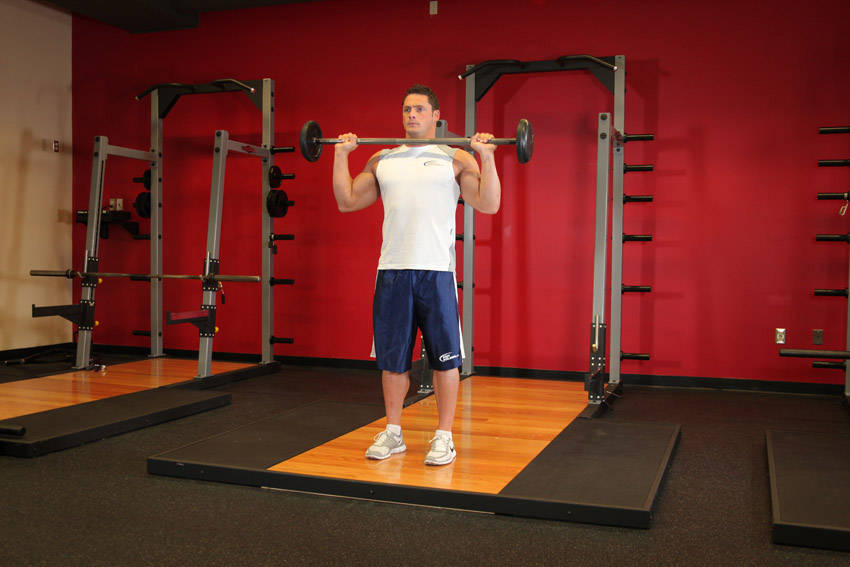Shoulder caps or capsillary laxity may be caused by a number of factors. Pregnancy, genetics, injury, and excessive stretching of the rotator cuff can all be causes of capillary laxity. Weakness in the rotator cuff is often a result of capsular contracture. The goal of an orthopedic surgeon in treating a shoulder cap problem is to reduce the tightness of the rotator cuff, thus relieving the pain associated with shoulder cap pain. Medications or surgical interventions are usually employed to correct this problem.
There are many different causes of shoulder cap pain but sometimes no clear cause can be found. Rotator cuff tears, tendonitis, bursitis, infection, and subluxations of the shoulder joint are all possible causes of shoulder cap pain. Depending on the location of the tear, and its severity, surgery might be necessary to repair the problem or provide relief from shoulder cap pain. Capsulitis is inflammation of the capsule surrounding the shoulder, while bursitis is inflammation of the bursa sac.

Tendonitis is an inflammation of the tendons that attach muscles to bones in the shoulder. Common signs and symptoms of tendonitis include a dull ache or stiffness near the shoulder while lifting or overhead activities. Sometimes, the pain worsens when getting out of bed or performing simple activities like getting dressed. Another common sign of tendonitis is weakness or numbness when the arm is extended upward. It is important to seek medical attention for any signs of shoulder cap pain, as untreated tendonitis can result in severe shoulder cap damage or injury.
Aging is another cause of shoulder cap problems, as older people tend to have weaker muscles, tendons, and ligaments. These factors combined with normal wear and tear to the shoulder joint over the years can lead to shoulder cap damage or deformity. Signs and symptoms of shoulder cap deformity include a crooked appearance of the shoulder cap, drooping shoulders, shoulder bumps, swelling of the shoulder region, and a general weakness of the shoulder. Signs of cap damage are typically apparent at about age 30. While caps may not always be the problem, older people are particularly prone to them.

The third type of capsulitis is bursitis. Bursitis is inflammation of the bursa sac surrounding the shoulder. Common signs and symptoms of bursitis include pain, stiffness, swelling, and redness of the shoulder. Signs of bursitis can be seen as soon as the arm reaches its full straight position during movement. In addition, shoulder bumps are another common sign of bursitis, particularly because the arm is bent backwards at the elbow joint, placing stress on the bursa sac.
Capsular disorders are a common cause of shoulder pain and weakness, and it is often difficult to determine if the symptoms are indeed due to a form of capsular disorder or a more serious issue. Most patients with shoulder pain, however, have one or more of the three forms of capsulitis. Each form of capsulitis will produce a variety of symptoms, but all of them are indicative of an issue involving the shoulder joint. This is why it is so important to speak with a medical professional when you suspect that you have one of these disorders.







